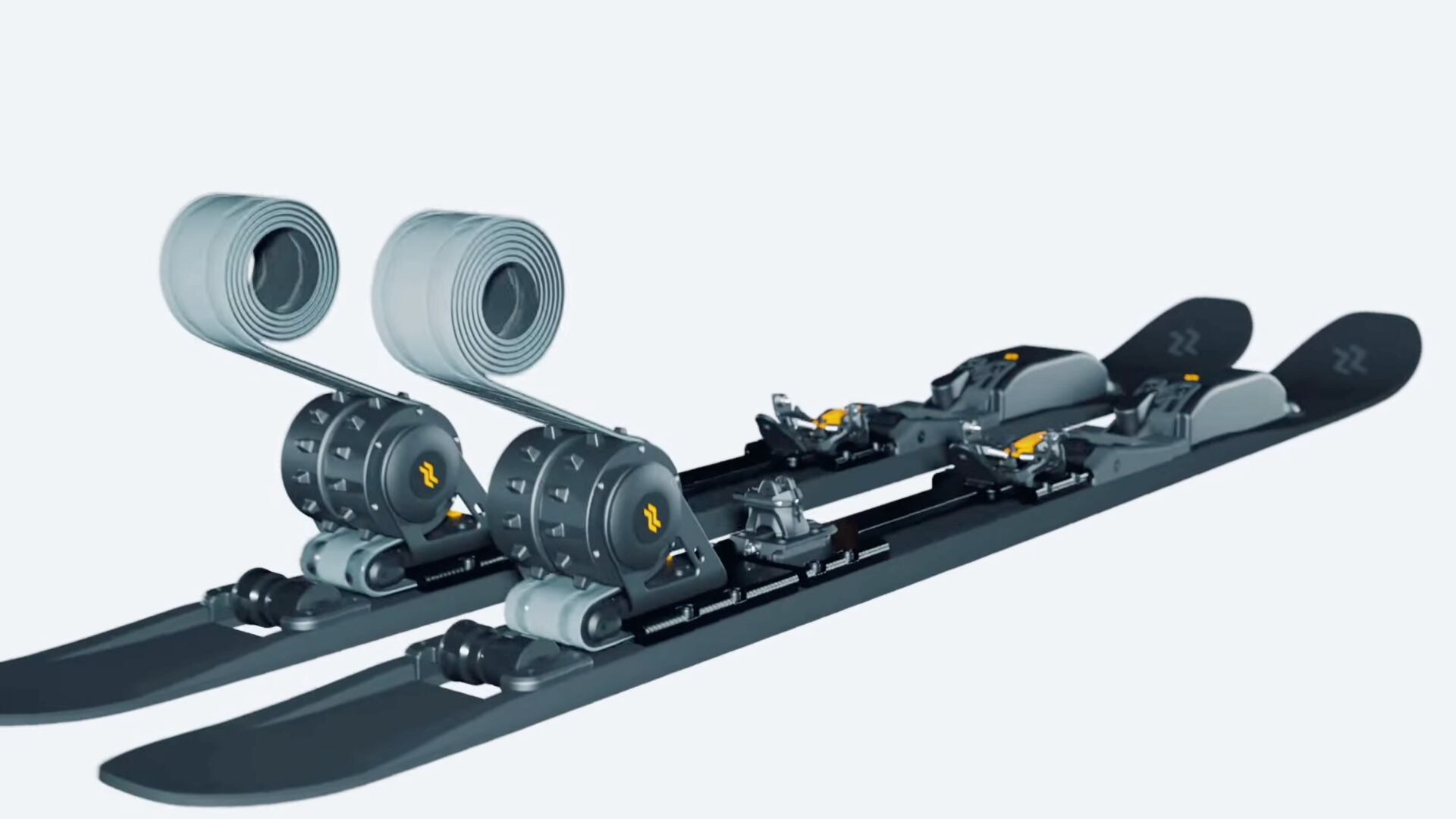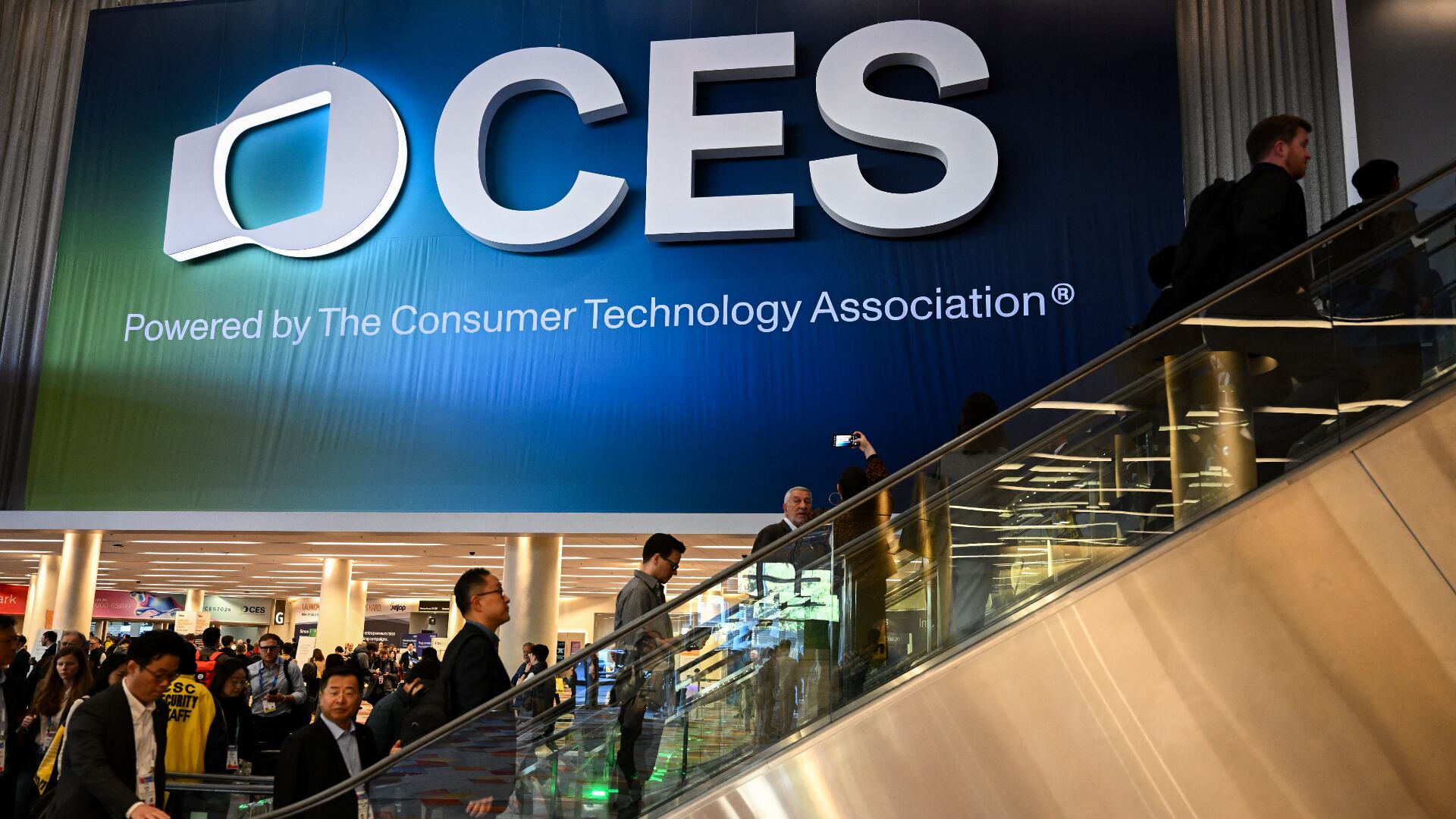Imagine driving your electric vehicle from Los Angeles to Salt Lake City, or from New York City to Detroit—on a single charge. Today, even with the longest-range EV—the Lucid Air Grand Touring—that would be impossible. But solid-state batteries, or SSBs, may be about to turn this fantasy into a reality and help usher EVs into a new era of efficiency, performance and safety.
The lithium-ion battery technology used in current EVs has its limitations. These shortcomings include cost, short lifespan, temperature sensitivity and safety concerns. Car manufacturers are looking to address these issues and achieve faster charging times and greater ranges with SSBs.
“Every major automotive and battery company is working on solid-state batteries due to their benefits,” says Eric Wachsman, an expert on solid-state batteries and a professor at the University of Maryland who also runs the Maryland Energy Innovation Institute.
Almost all electric vehicles today use lithium-ion batteries, which are found in laptops, smartphones, and just about everything you recharge. Lithium-ion batteries operate using a liquid electrolyte that enables the movement of lithium ions for battery operation. Solid-state batteries use a solid electrolyte instead of a liquid one, which dramatically improves their efficiency and safety.
Many automotive companies have investments and partnerships in multiple battery companies and technologies and are racing to address the technical challenges to bring this transformative technology to market.
What are solid-state batteries?
Solid-state batteries are being celebrated as a major breakthrough for electric vehicles. This is especially so since the electrolyte in liquid lithium-ion batteries is flammable at high temperatures and can result in fires or chemical leaks. Enter solid-state batteries.
“Full solid state is a quantum leap. As there is no liquid in the cell, burning is nearly excluded, so it is very safe,” says Ferdinand Dudenhöffer, director of the Center for Automotive Research (CAR) in Germany. “Charging becomes much faster, because with liquid electrolyte Li-ions do not move so fast and the cell becomes not so heated.”
Since the cells weigh less, Dudenhöffer says, “we will have EVs which are not so heavy, and of course with a lightweight cell you can install more cells, which means a larger range.” A Cars.com survey found that 68% of EV shoppers mentioned range as a major factor affecting their buying decisions.
Greater range and faster charging
Robby DeGraff, an industry analyst at AutoPacific, says the biggest benefit of using solid-state batteries is indeed range, “which should hypothetically be far greater than many of today’s lithium-ion battery packs found on EVs and PHEVs (plug-in hybrid electric vehicles), but also reducing costs.”
DeGraff says SSB packs not only have more energy density but the capacity to charge quicker, which he says is a “must” in the EV transition. That could mean a full charge in as little as 10 to 15 minutes.
“A common goal among automakers, mainstream and premium, is to match the time it takes to fill up a gas vehicle and the time it takes to recharge an EV’s battery,” says DeGraff. “Range anxiety, cost, and slow charging times are all roadblocks hindering many consumers from considering EVs. SSB battery packs aim to eradicate those worries.”
Solid-state batteries offer higher energy density which allows for longer driving ranges and smaller, lighter batteries. SSBs also have lengthier lifespans and can handle more charge cycles.
“The key benefit is energy density. You can pack about two times the energy compared to lithium-ion battery with a liquid electrolyte and a carbon-based anode. Also the vehicle packaging will be better,” says Ryan Harty, assistant vice president of sustainability and business development at American Honda.
Challenges to bring SSBs to market
Auto manufacturers like Honda, Toyota, and Nissan as well as U.S.-based startup Solid Power are trying to bring solid-state batteries to market in the near future. Nissan is reportedly aiming for solid-state battery commercialization by 2028, and Honda has plans for the second half of the 2020s.
Solid-state battery research, however, has not been without its challenges. The primary obstacle facing battery companies, and the car manufacturers backing them, is the cost-effective production of these batteries in volumes sufficient to make electric vehicles affordable, experts say.
“We have from different companies the first full solid-state cells which already did important durability and quality tests. Now the big issue is to bring it to volume production in high quality, for example, with a low reject rate,” says CAR’s Dudenhöffer. “This sounds easy, however the materials and the parts are so thin that it is like a magic art to bring it to series production. The machinery and its adjustments are the key issue.”
Dr. Xiaohan Wu, a battery expert at Porsche Consulting, says once industrialization challenges are handled, “SSBs are expected to debut in high-performance applications like racing or aviation, then expand into high-priced vehicle segments.”
The solid-state battery market is expected to reach $963 million by 2030 from $85 million in 2023, at a CAGR of 41.5% during the 2023–2028 period, according to a new report by MarketsandMarkets.
What types of SSBs are being worked on?
Car companies and startups have worked on different approaches, chemical combinations and physical structures for solid-state batteries. There are various types of solid-state batteries, and when exactly consumers will see them depends on their ease of replacing existing lithium-ion batteries, Wachsman says.
Polymer-based solid-state batteries, he says, are the simplest drop-in replacement, and in fact are already commercially available from Blue Solutions in buses, with a charging time of four hours.
“Sulfide-based solid-state are the next simplest drop-in replacement and thus furthest along for automotive applications,” says Wachsman.
For example, Toyota announced it will start rolling out this technology in 2027–28 with a charging time of just 10 minutes and a battery with a reported range of more than 700 miles. Solid Power similarly makes a sulfide solid-state battery and has partnered with BMW.
“Most major automotive companies focused on this technology as the first to market over the next five to ten years,” Wachsman says.
Then there’s oxide-based solid-state batteries, which Wachsman says are not as much of a drop-in solution and will arrive later, “but in my opinion are ultimately the best technology.”
Among these, U.S. startup QuantumScape has raised over $1billion with major investment by Volkswagen.
Another oxide-based solid-state battery company is Ion Storage Solutions (ION), founded to commercialize the technology Wachsman developed at the University of Maryland, which he says has multiple automotive partners.
“Oxide-based solid-state electrolytes are the only ones that are totally non-flammable and stable to both Li-metal and high voltage cathodes,” he says.
However, he says they are hard ceramics instead of more flexible electrolytes, so they require cell manufacturing that is the farthest from conventional Li-ion.
“Among all solid-state only ION’s ceramic structure enables the battery to cycle with no applied pressure and thus the pack energy density is the closest to the individual cell energy density,” says Wachsman. “This also enables it to be used in other applications such as consumer electronics as an earlier market entry versus EV.”
When can consumers realistically see solid-state batteries rolled out in EVs?
Global electric car sales surpassed 14 million in 2023 and interest in EVs isn’t expected to slow. Experts say solid-state battery technology can be a gamechanger and lead to even greater adoption by consumers as it addresses consumer concerns over range, charging time, safety and efficiency.
“American consumers can expect to see solid-state batteries in electric vehicles starting around 2027 to 2030,” says Wu.
Wu says the introduction of solid-state batteries is anticipated to unfold in three distinct phases. He says in the first phase SSBs will be used in applications “where performance is prioritized over cost, such as high-performance vehicles and aviation.”
He says as their performance surpasses competitors, the second phase will start around 2030, when SSBs will be used in premium vehicle segments.
“By around 2035, the third phase will bring significant cost and performance enhancements, leading to widespread adoption across various applications,” says Wu.
DeGraff expects consumers will start seeing solid-state batteries make their debut in the U.S. in the second half of this decade. Two automakers to pay attention to, he says, are Toyota and Nissan, who are ramping up development for the U.S. market, and plan to have SSB packs in production by 2030.
“It’s a bit of a different story overseas, as Chinese automakers are already a bit ahead, like Nio, who is just now slowly testing the waters with a variation of this new format,” says DeGraff.
Chinese EV manufacturer Nio has introduced 150 kWh semi-solid-state batteries for its EVs, made by Beijing Welion New Energy. These batteries can power vehicles for up to 1,000 kilometers (622 miles). Nio markets its EVs in China and Europe and offers a battery-swapping service. The battery pack costs $45,000, according to Chinese media.
“There are challenges ahead though, both here and abroad, in order for solid-state batteries to really be ready for prime time usage. Until then, we can continue to see a focus on advancing existing battery technology and a greater push for LFP-type batteries,” says DeGraff.
Meanwhile, DeGraff says he is curious to see how SSBs will play a role in future plug-in hybrids. When used correctly, he says current plug-in hybrids offer the best of both worlds for car drivers, “a generous amount of electric-only driving range suitable for everyday driving and the backup of having a gas engine for longer trips.”
He says lithium-ion battery packs in current PHEVs can yield upwards of 30 to almost 50 miles per charge.
“Imagine, for those consumers not quite ready to fully commit to an EV, a plug-in hybrid that offers double that in range?” says DeGraff. “I’d be very excited.”
Ana Durrani is a journalist and "Jill of all trades." She’s a regular contributor to U.S. News & World Report, Forbes and more and has written for Realtor.com, EB-5 Investors Magazine, Military Officer Magazine, American Scholar Magazine, California Lawyer Magazine and many others. She thrives on tackling a very wide range of topics.













